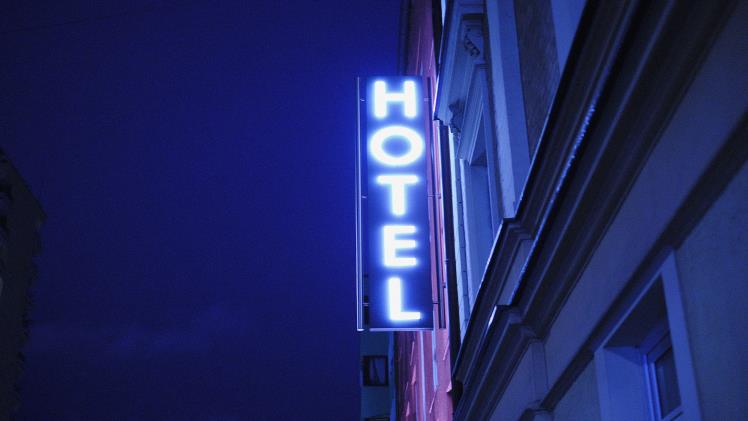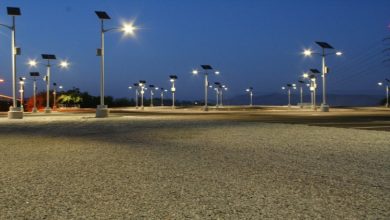The Transformation of Hotel Technology: From Traditional to Mobile

Before the 1960s, the height of luxury in a hotel room consisted of amenities like air conditioning, complimentary in-room tea and coffee, and maybe even an in-room TV. Early pioneers in hotel technology included the first automated electronic reservation system and toll-free reservation number. In those days, credit cards were still a novel concept, introduced to the public by companies like American Express.
1960s: The Era of 24/7 Room Service and Mini-Bars
The 60s, while marked by social and political upheavals, were also defined by innovation in the hospitality sector. Inter-Continental introduced new amenities like retractable drying lines in showers, ice and vending machines in hallways, and business lounges. Travelodge initiated wheelchair-accessible rooms. Westin, however, broke new ground by offering 24-hour room service. The minibar, introduced by German firm Siegas, soon became a staple in luxury hotels, with Hilton Hong Kong’s decision to stock alcohol in minibars skyrocketing sales.
The Decade in a Nutshell
-
Basic Luxuries: Introduction of air-con, in-room tea and coffee, and black-and-white television sets.
-
Innovative Firsts: The hotel industry witnessed the introduction of minibars, retractable drying lines, and 24-hour room service.
-
Commercial Endeavors: The rise of minibars became a significant revenue stream for hotels, with the Hilton Hong Kong’s alcohol trial leading to a 500% increase in sales.
1970s: Color TVs and Concierge Services Make Waves
The TV’s prominence in hotel rooms was solidified in the 70s. Shows like Dallas, MAS*H, and SNL debuted, pushing hotels to offer more TV services. Sheraton-Anaheim began offering free in-room movies, while others jumped on the HBO, Showtime, and The Movie Channel bandwagon. The 70s also saw Four Seasons introducing branded shampoos, and Hyatt unveiled its Regency Club, providing VIP services.
The Decade in a Nutshell
-
Television Revolution: Color TV introduced, becoming a centerpiece in hotel rooms.
-
Branded Amenities: Introduction of brand-specific offerings, like the Four Seasons’ signature shampoo.
-
Enhanced Guest Services: Hyatt’s Regency Club set a new standard in VIP services, while Days Inn focused on senior guests.
1980s: Digitalization and Tech Innovations
The 80s heralded the PC era, with IBM mainstreaming personal computers and Apple launching the Macintosh. The same decade witnessed the birth of Microsoft and the inception of the internet. Hotels weren’t far behind: Westin offered credit card reservations and checkouts, Days Inn pioneered an interactive reservation system, and VingCard presented the optical electronic key card.
The Decade in a Nutshell
-
Personal Computing: IBM mainstreamed PCs, leading to a computing revolution which also affected hotel operations and services.
-
Hotel Innovations: Westin started offering reservations and checkout via major credit cards, and keycards were introduced as a security measure.
-
Communication Facelift: The introduction of specialized hotel phones and centralized reservation systems.
1990s: Internet Connectivity and Online Bookings
This decade was all about IT. Computers became workplace essentials. The internet, especially with the inception of search engines like Google and Yahoo, made global communication more straightforward. Hyatt and Promus Hotel Corporation were early birds, launching their websites in 1994. Travelweb.com, the first online hotel catalog, was also born. Choice Hotels and Holiday Inn began offering online booking capabilities, with Wi-Fi emerging just before the decade’s close.
The Decade in a Nutshell
-
Global Connectivity: With the rise of the internet, real-time communication and information accessibility transformed industries, including hospitality.
-
Online Presence: Hyatt and Promus launched websites, ushering in a new age of hotel visibility and booking convenience.
-
Mobile Technology: The groundwork for a mobile-centric society was laid with the advent of Wi-Fi.
2000s: The Mobile Tech Surge T
he early 2000s saw laptops becoming work essentials, and mobile phones became omnipresent. The iPhone’s 2007 release changed the mobile landscape, transforming cellphones into primary devices. Hotels adapted rapidly. Intelity rolled out the first mobile hotel app in 2009, while The Plaza Hotel in NYC set a trend by offering in-room iPads. By 2017, smartphones became almost ubiquitous in the US. Businesses, including hotels, adapted their services to this new mobile reality, making many traditional amenities redundant.
The Decade in a Nutshell
-
Smart Devices: iPhone’s introduction changed the landscape of personal tech, influencing guest expectations and service delivery in hotels.
-
Hotel Apps: Intelity released the first mobile hotel app, setting a trend for service and operational improvements through mobile solutions.
-
Reimagined Services: Traditional amenities were innovated upon, with check-ins via mobile devices and streaming entertainment through personal apps.
The Future is Now
Today, luxury in a hotel isn’t just about an in-room coffee maker or mini-bar. Mobile check-ins, streaming services via phone apps, chat-based guest services, and hotel housekeeping software that ensures your room is clean at all itmes are the new norms.
While innovative in the past, the hotel industry needs to embrace the latest mobile and SaaS services further to streamline operations and enhance guest experiences.
The journey continues. In 2016, Japan introduced the world’s first robot hotel, paving the way for more discussions about automation in the hotel industry. As we approach 2030, the future of hotel tech promises even more revolutionary changes.





